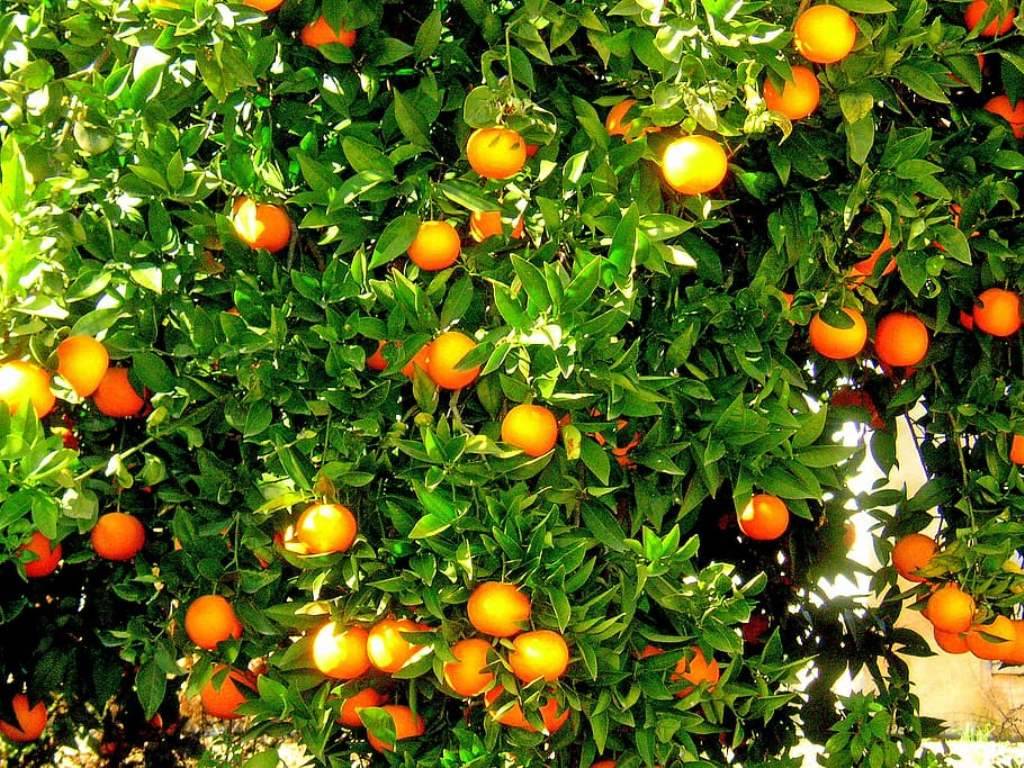
Citrus fruits are notable for their fragrance. They are also good sources of vitamin C. It is the third most important fruit crop in India.
Fruit Drop: Fruit drop in citrus occurs more or less in three distinct stages viz., post setting drop, pea size & pre-harvest drop. Among which the last one is most important & causes huge loss to the farmers. Based on the causal factors, the fruit drop can be classified broadly as i) Physiological drop ii) Entomological drop & iii) Pathological drop.
i)Physiological drop: Although the initial fruit drop period in citrus is primarily from physiological reasons, the term is strongly associated with October fruit drop & describes the abscission of fruitlets as they approach 0.5-2.0cm in diameter. This is mainly due to competition among fruits for carbohydrates, water, hormone & other metabolites. The problem is highly aggravated by water stress & humidity.
ii)Entomological fruit drop: Citrus bud mite & orange bug are some important pests that cause a heavy drop of flowers & fruits in oranges. Besides fruit fly (Daucus dorsalis) & fruit sucking moth (Otherisfullonica) are mainly causing fruit drop in the later crucial stage of fruit ripening. Pre-harvest fruit drop is mainly caused by fruit fly infestation. Its activity is first noticed during the last week of October which continues till the final harvest.
iii) Pathological fruit drop: Fruit drop also occurs due to pathogenic fungi viz. Botryodiplodia theobromae, Collectotrichum gleosporoides & Alternaria citri (Stem end rot) mainly occur predominantly on the mature fruits near ripening. The high inoculum of these fungi in the orchards builds up due to dead twigs on the bearing trees. Water spot also causes fruit drop in which the rind absorbs large amounts of water in localized areas during the period of prolonged rains or dampness.
Control of fruit drops:
-
Maintain balance nutrients in the plants to develop sufficient foliage to support the developing fruits.
-
Prune the plants after harvesting to minimize pest & disease incidence.
-
Proper drainage should be made to avoid water stagnation.
-
Irrigation should be applied at critical stages viz., flowering, fruit set & fruit development.
-
Dropped fruits should not be left in the field as they act as carriers for the diseases.
-
Spray GA3 10ppm+ urea 1% at the time of flowering.
-
Spray 2,4-D 15ppm + Benomyl carbendazim 1000ppm + urea 1% one month after fruit set when the fruit size reaches pea size (8-10 mm).
-
Spray GA3 10ppm + Potassium nitrate 1% two month after fruit set (18-20mm fruit size).
-
Spray ZnSo4 (0.4%) + MgSo4 (0.2%) + CuSo4 (0.3%) at fortnight interval will decrease the fruit drop & increase the fruit yield.
















